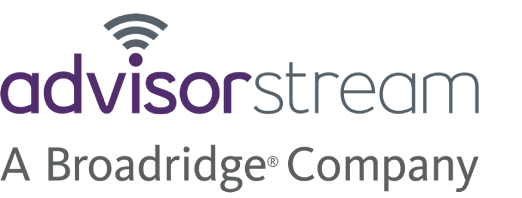May 31, 2016
We’ve all heard about of the impending cascade of intergenerational wealth transfer in the United States and Canada. As the baby boomer generation ages, experts estimate that $750 billion to $1 trillion of assets will move in the next 15 years or so in Canada – and potentially US$60 trillion in the United States – from spouse to spouse and from parents to their children.
Now that’s a lot of moving assets. [test QA note]

However, there are actually two types of wealth transfer at play. The second movement of assets will be from advisor to advisor, as spouses and their children either already have their own financial advisor or simply do not want to stay with the advisor currently overseeing the assets. In particular, the children are more likely to use technological tools to invest on their own, or seek a younger advisor who may be more relatable and perceived to understand their needs better.
Stay relevant, stay in the game
So, how can you give yourself a fair chance of advising on these transferred assets? You need to ensure you’re staying relevant and building relationships with not just your clients, but your clients’ families as well.
As you develop or revise a client’s financial plan, and as you zero in on specific financial objectives, you should be able to determine a client’s family structure. Is there a spouse or any children? What are their names and ages? What other details can you uncover about them in the context of a broader financial planning discussion?
Once you get the information you need, politely ask your client if you can introduce yourself to the family members, discuss finances and investing at a high level, and answer whatever questions they may have. You want to make yourself known to the family as a trusted, competent advisor who can serve as a valued “bridge of continuity” between your client and these family members when assets eventually transfer.
Get personal
But beyond that - think bigger and more personal. Did you know that irrelevance is one of the biggest reasons consumers end relationships? In fact, 63% of consumers reported they may defect from brands due to irrelevant content. Of that group, 41% would consider ending a brand relationship due to irrelevance and 22% already have. So if you’re sending retirement information to your client’s son - and he’s 21 years old - we’re going out on a whim here - but you’re likely not engaging him on the issues that matter most to him. It’s paramount to send quality, relevant information to your clients’ families. If not, when the time comes, you may find your client’s spouse or children walk away.
So start building relationships with your clients’ families by sending them key information on issues and interests that matter most to them.
Is your client’s wife traveling to San Diego for a big business meeting? Why not send her a great article on the top 5 San Diego restaurants to check out. Your client’s son is a huge Boston Red Sox fan? Why not send your client’s son a great 2-minute video on the prospects for the upcoming season. Don’t feel confined to just discussing taxes, retirement, and succession planning. If you truly want to build personal and meaningful relationships with your clients’ families - live in their life - which means sharing information that meets their needs and interests.
This type of relationship building is crucial to help you retain assets that transfer to family members.

If you want to share quality, credible, and relevant content with your clients and their families, ensure you book an AdvisorStream demo today to learn more.
Source:
- LinkedIn, “Gaping Void”
- Investment News, "The Great Wealth Transfer is Coming Putting Advisors At Risk"
